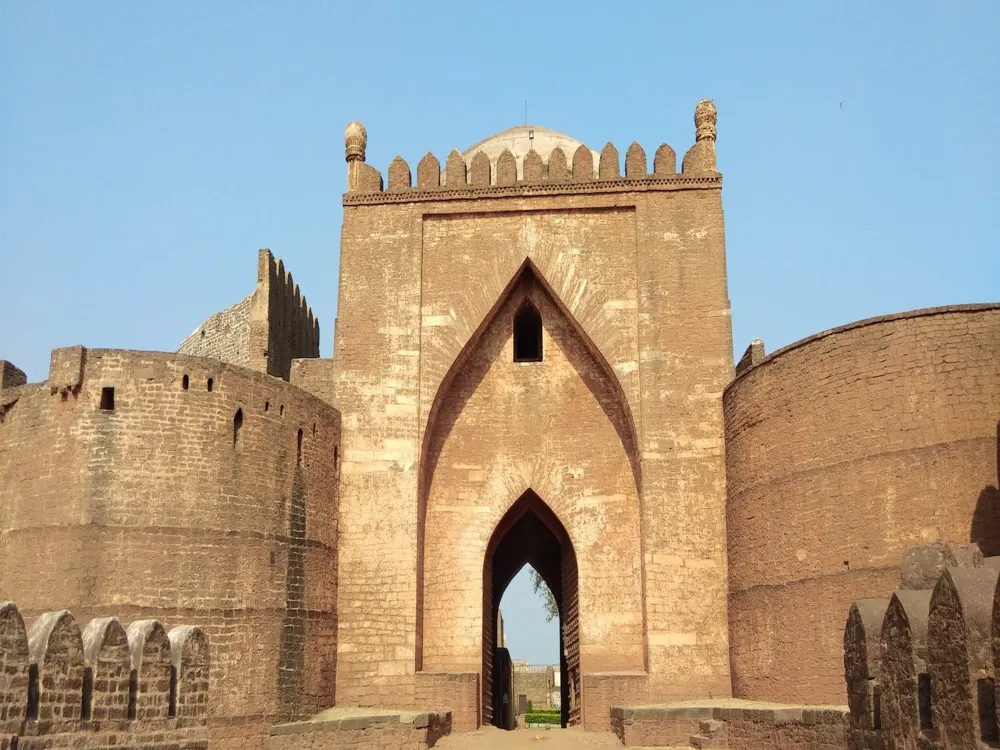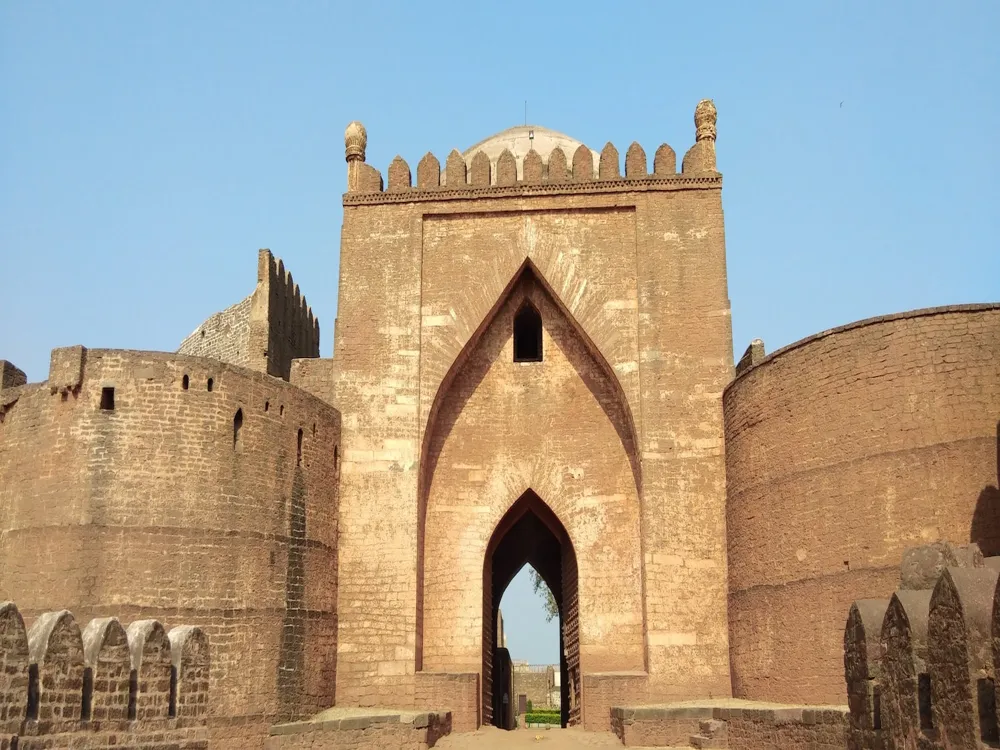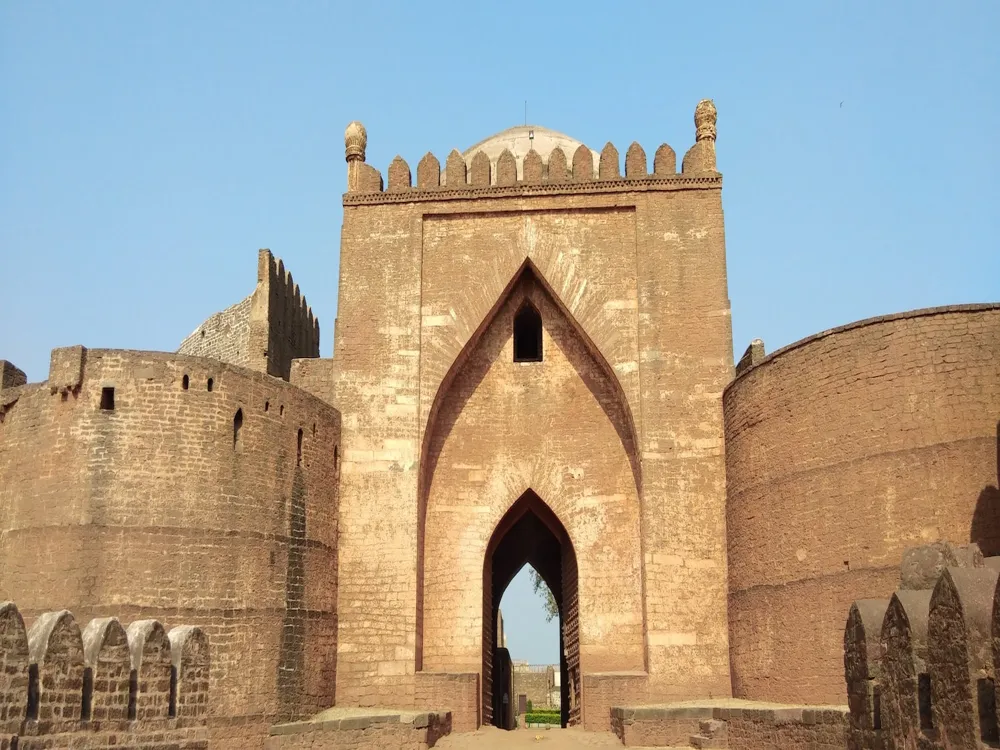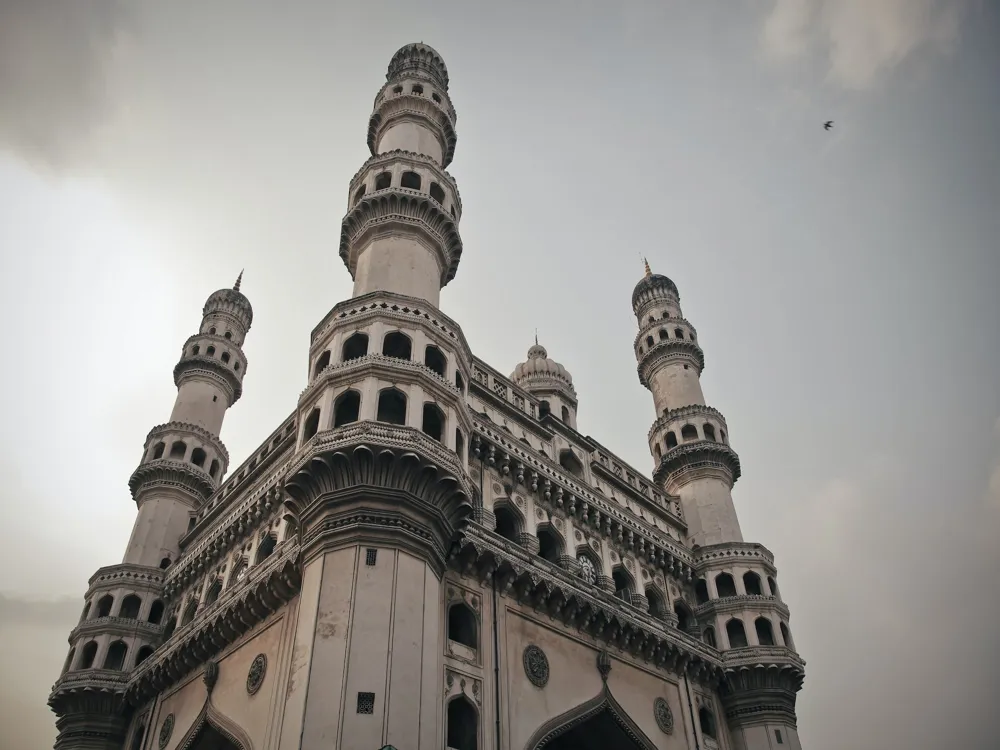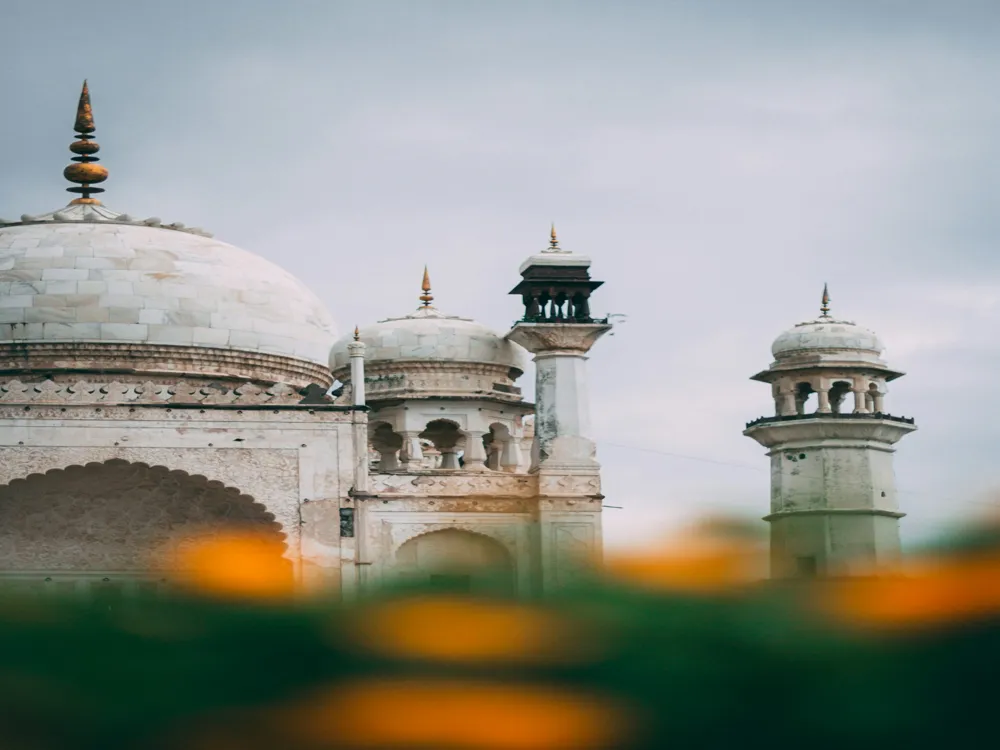The Papnash Shiva Temple, situated in Bidar, Karnataka, is a revered sanctuary with a deep historical and spiritual significance. This ancient temple, believed to have its origins tracing back to the Ramayana era, is dedicated to Lord Shiva. It stands as a testament to the rich cultural and religious heritage of Karnataka. According to legend, the temple's origin is associated with Lord Rama. During his return from Lanka after defeating Ravana, Rama installed a Shivalinga in this location to absolve himself of the sin of 'Brahmahatya' (killing a Brahmin, as Ravana was a Brahman by birth). This Shivalinga is said to have been brought directly from Varanasi and is hence revered with great devotion. The temple, over the centuries, has undergone various phases of development and reconstruction. It was significantly restored during the period of the Chalukyas and further renovations were made during the reign of the Vijayanagara Empire. This has resulted in an eclectic mix of architectural styles, making the temple not only a religious site but also an architectural marvel. The annual Shivaratri festival sees a huge influx of devotees, who come to seek blessings and partake in the grand celebrations. The temple’s picturesque setting near a serene lake adds to its mystical charm, making it a popular destination for both pilgrims and tourists alike. The architecture of the Papnash Shiva Temple is a splendid example of the fusion of various styles from different eras. The temple showcases the typical features of Chalukyan architecture, renowned for its intricate carvings and ornamental details. The main sanctum, which houses the revered Shivalinga, is an epitome of ancient Indian artistry. The walls of the temple are adorned with carvings and sculptures that depict various deities and episodes from Hindu mythology, including scenes from the Ramayana and Mahabharata. A distinctive feature of the temple is its spacious courtyard and the towering entrance gate, which is a later addition reflecting the Vijayanagara style of architecture. The temple's Vimana (tower over the sanctum) is a harmonious blend of Dravidian and Nagara styles, featuring tiered levels adorned with miniature temple motifs and divine figures. The temple complex also houses other smaller shrines and a sacred water tank, believed to have healing properties. This rich architectural heritage not only attracts devotees but also history enthusiasts and scholars from around the world. As a revered religious site, visitors are expected to dress modestly and behave respectfully. It’s important to adhere to the temple's guidelines, such as removing footwear before entering the sanctum. The ideal time to visit the temple is during the cooler months from October to March. The Shivaratri festival, usually in February or March, is a particularly auspicious time for a visit. While photography might be allowed in certain areas, it's prohibited inside the main sanctum. Always ask for permission before taking photos of the temple premises or the devotees. Read More:Overview of Papnash Shiva Temple of Bidar, Karnataka
Architecture of Papnash Shiva Temple
Tips When Visiting Papnash Shiva Temple
Respect Local Customs and Traditions
Best Time to Visit
Photography Rules
How To Reach Papnash Shiva Temple
Papnash Shiva Temple
Bidar
Karnataka
NaN onwards
View bidar Packages
Bidar Travel Packages
View All Packages For Bidar
Top Hotel Collections for Bidar

Private Pool

Luxury Hotels

5-Star Hotels

Pet Friendly
Top Hotels Near Bidar
Other Top Ranking Places In Bidar
View All Places To Visit In bidar
View bidar Packages
Bidar Travel Packages
View All Packages For Bidar
Top Hotel Collections for Bidar

Private Pool

Luxury Hotels

5-Star Hotels

Pet Friendly







